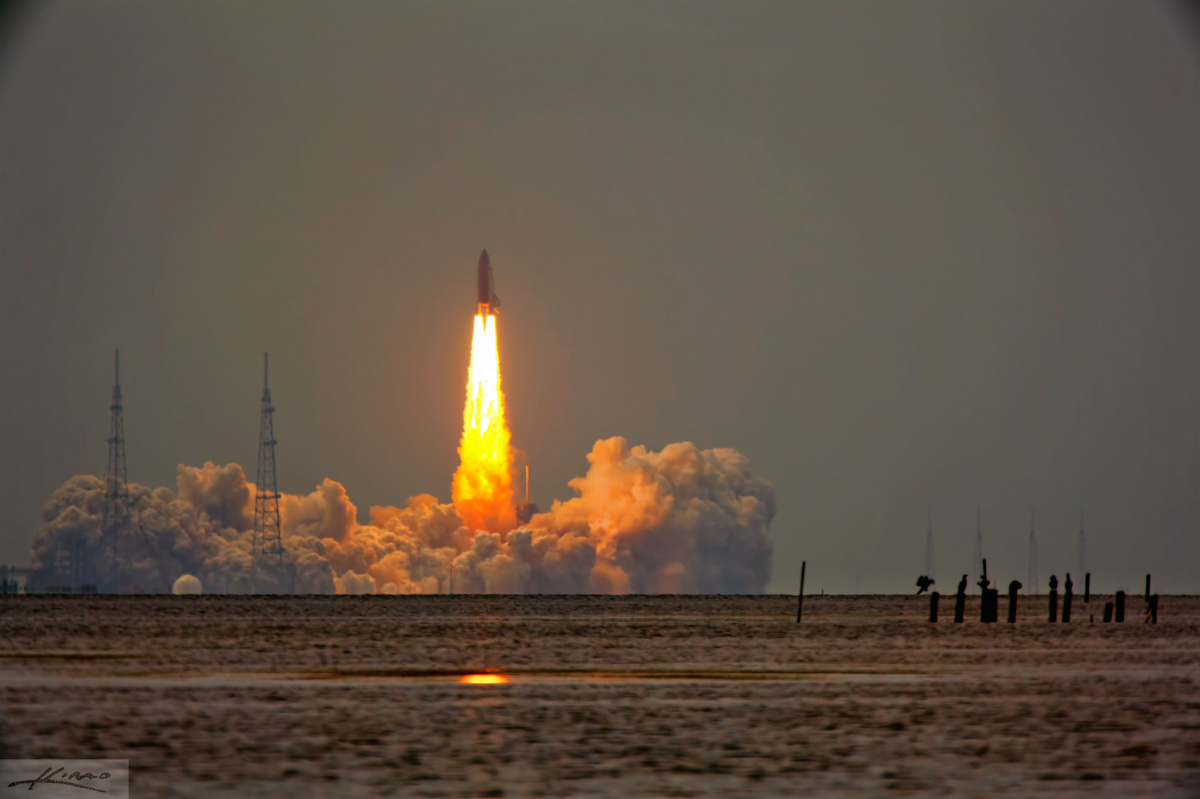

From its four turbopumps to its nozzle, the engine’s temperature parameters span from –423 degrees Fahrenheit (–253 degrees Celsius) to some 6,000 F (3,300 C), which is like going from a temperature colder than the atmosphere of Uranus to almost three times as hot as lava. The RS-25’s engines are each the size of an economy car, though just one of their dozens of small turbine blades - each the size of a quarter - produces more horsepower than a Corvette.That’s assuming the SLS is not replaced by SpaceX’s Starship, as some believe it might be (more on that later). After they are used, Aerojet Rocketdyne in Los Angeles will build new RS-25s, employing modern - and hopefully less costly - manufacturing techniques, according to NASA. There are a total of 16 shuttle-era engines ready for four more SLS rockets.The E2060 engine was only used on the last shuttle mission. These engines have previous proven their abilities on the Space Shuttle a total of 25 times, including a whooping 12 missions for E2045. In fact, this first SLS’s core stage engines are numbered: E2045, E2056, E2058 and E2060. These engines, like the two solid-fuel boosters, are derived from the Space Shuttle era. The SLS features a core stage that uses some 730,000 gallons of chilled liquid hydrogen and oxygen to fuel its four RS-25 engines. Perhaps ironically, the Space Shuttle program is part of the reason why SLS bests the Saturn.At 8.8 million pounds of thrust, the SLS even beats out the Saturn V, which had a thrust of some 7.5 million pounds. For reference, the Space Shuttles were capable of ferrying 22 tons of cargo to low-Earth orbit.

The thrust of the SLS can send more than 27 tons of cargo to the Moon.
THE LAST NASA SPACE SHUTTLE LAUNCH FULL

The Space Launch System, or SLS, is a technological leviathan.


 0 kommentar(er)
0 kommentar(er)
